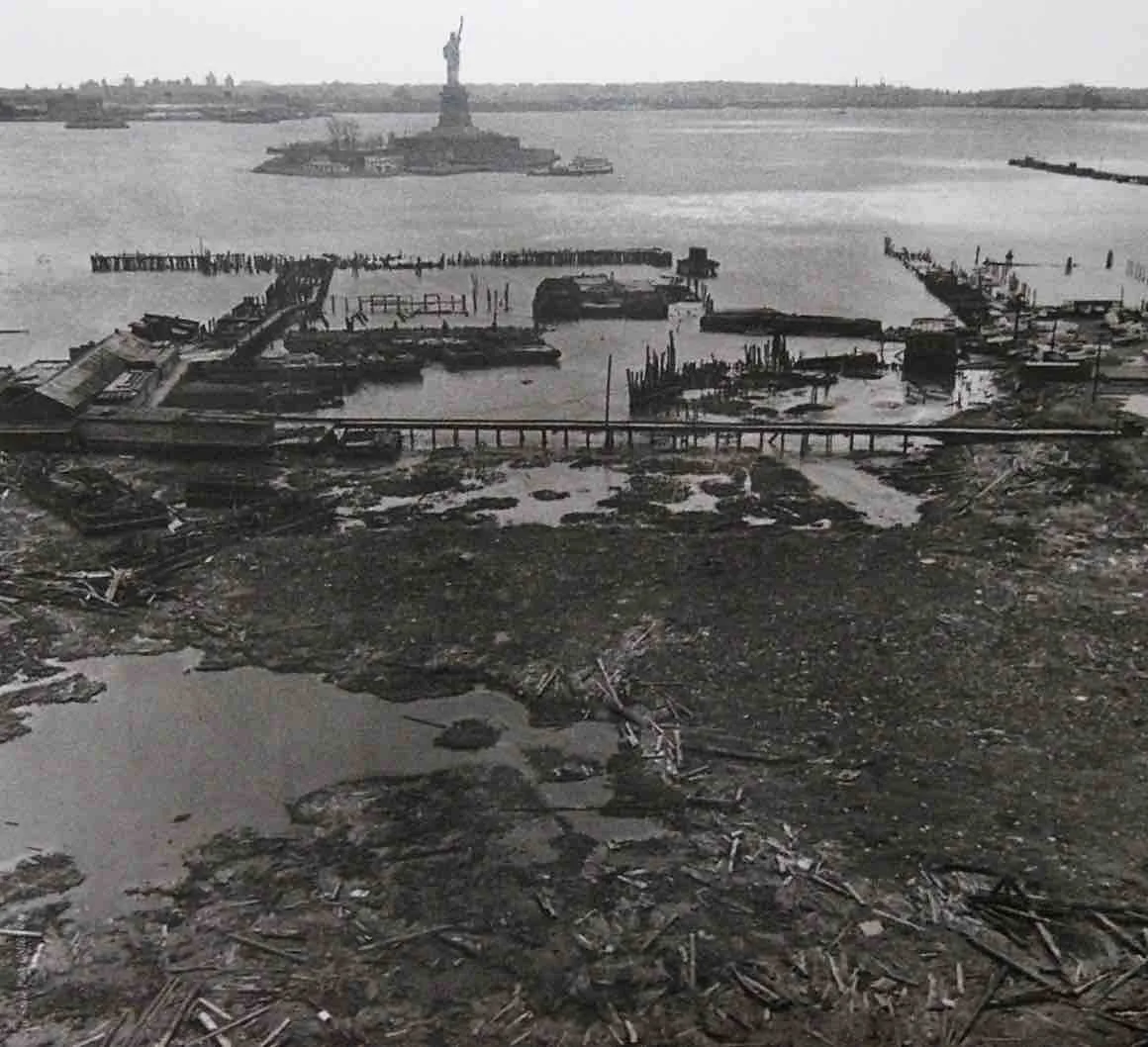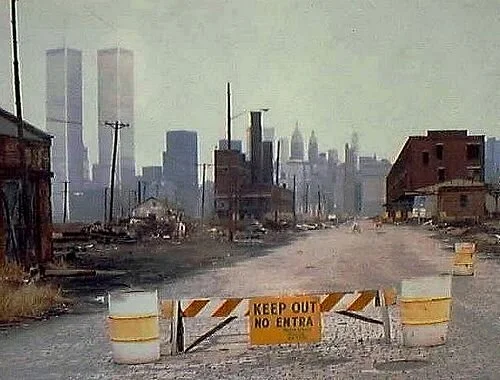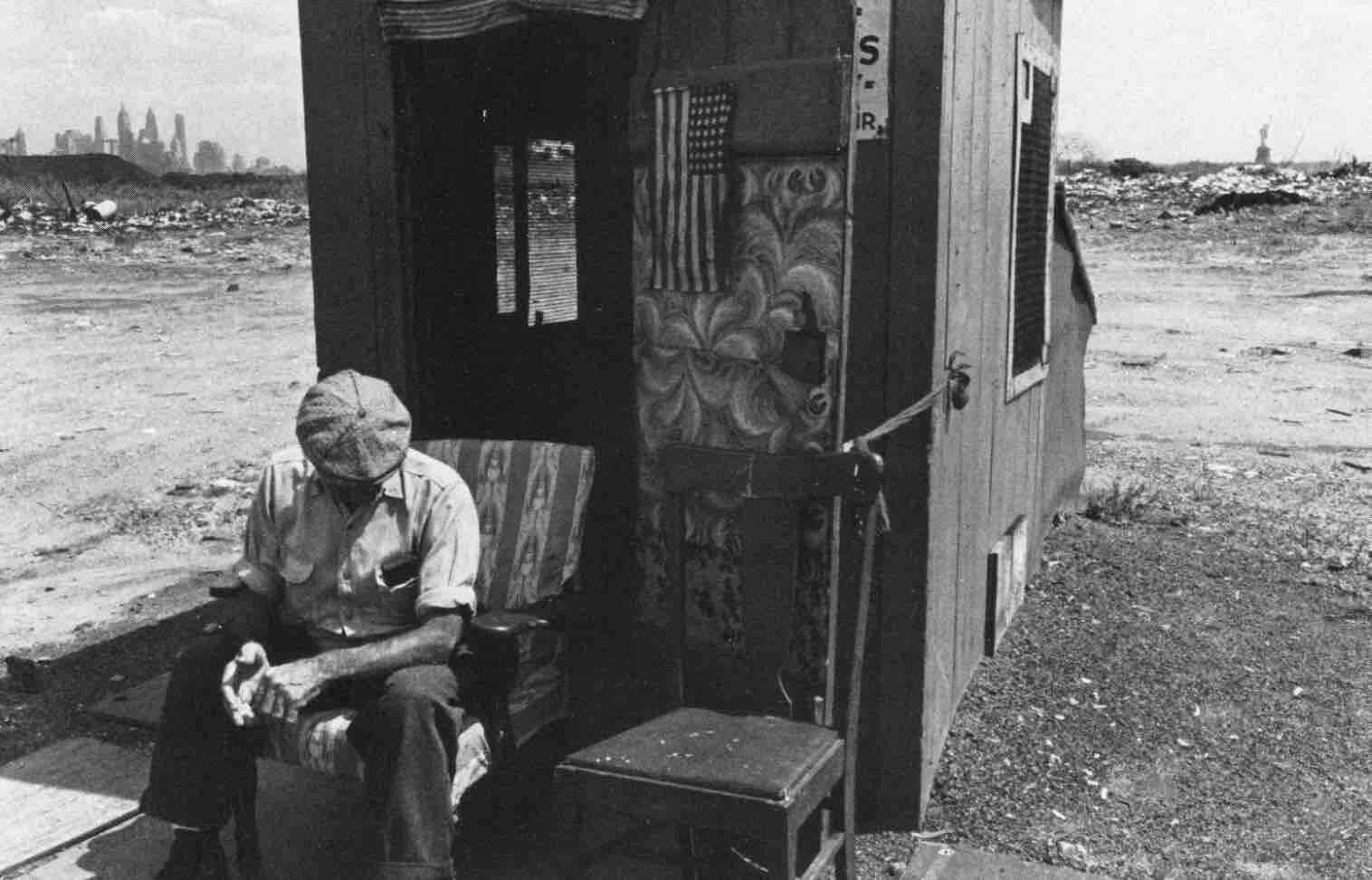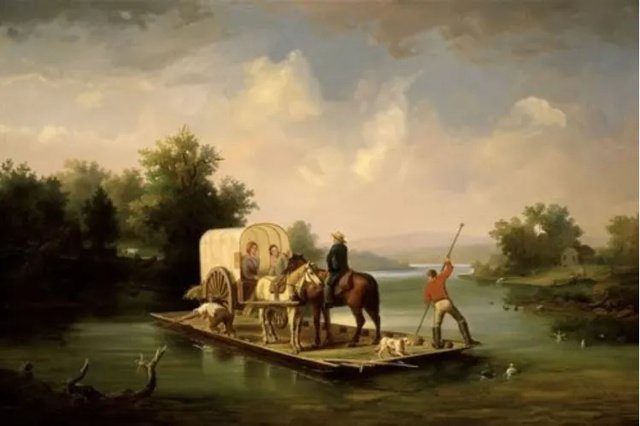Jersey City’s Industrial Past
“Low brick buildings. Smokestacks pumping smoke and soot into the air. Massive railroad lines running through Jersey City streets. Clotheslines hung building to building filled with soon to be rewashed laundry.” - A description of the street scenes of an early twentieth century city with manufacturing at its core.
Jersey City’s rise to Power - By Boat
The history of Jersey City’s development and evolution is flooded with the various identities of Jersey City through the centuries.
Early in the 1800s, eager developers purchased land along the Hudson River bank on Jersey City’s Gold Coast line with dollar signs in their eyes. Jersey City’s waterfront provided unique access to the harbors in New York City for business opportunities, docks in Upstate New York and the Hudson Valley for trade opportunities and a direct path for ocean bound ships on a cross continent voyager. With the arrival of the railroad lines and the Morris Canal, almost overnight Jersey City held worldwide regard as one of the most important transportation hubs in the world. Jersey City’s position as a leading and prominent powerhouse location quickly attracted manufacturing companies who flocked to the cities transport accessibility.
Known for its influx of immigrant workers from it’s close proximity to Ellis Island, big industry had the transportation, resources, and now manpower to flourish catapulting Jersey City and its rapid rise to stardom as one of New Jersey’s and America’s most important cities.
History of Jersey City’s Railroads
In 1908, two tunnels were opened, the Hudson and Manhattan Tubes, providing additional access for the transportation of goods and passengers to the Greater New York area, solidifying its value as a transportation and industrial center.
Jersey City and its advantageous location near Manhattan on the Hudson River became home to millions of immigrants from Europe during World War II. As an industrial mecca of the northeast, it attracted workers from around the world in search of a better life in America. It became a “melting pot of nationalities” in terms of diverse ethnicities, economic status, and religious backgrounds. This diversity strongly influenced the very nature of the city and its eventual transformation into a major U.S. city.
A Fall from Grace
After the industrial era and the bankruptcy of the railroads, Jersey City fell into a state of disrepair, poverty, and desolation. A city once driven by the power of manufacturing and the chug and rumble of railroad cars now was nothing more than a relic of its former self. Its waterfront properties, once a hub of manufacturing and prosperity, became a discarded reminder of fruitful days gone by. Left behind were decaying piers, fallen buildings and a dumping ground of old railroad train pieces and garbage piles littered at the foot of the Statue of LIberty.
A wasteland of abandoned buildings, empty, overgrown fields, and deserted tracks lay in stark contrast to the booming Manhattan Skyline with the modern World Trade Center in the distance. During the post-industrial era in the 1970s and ’80s, Jersey City was looked upon with pity for its rusted piers, empty buildings, litter-filled streets, and abandoned railroad yards.
Jersey City Looking Back
Jersey City’s most recent transformation began in the 1980s when developers, once again, saw potential in the low cost property alongside Manhattan’s skyline. Over the last century, Jersey City has demonstrated its resilience and ability to transform itself from an industrial powerhouse to a sad, desolate wasteland to once again a bustling center of life and prosperity.


























